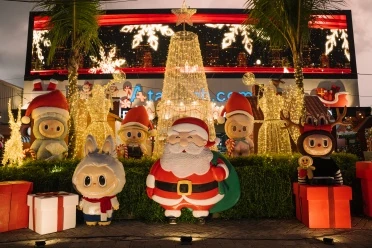Perched high on the southwestern slopes of Mount Agung, Pura Besakih is often hailed as Bali's "Mother Temple." This sprawling complex, comprising over 80 individual temples, holds a sacred status in Balinese Hinduism. The temple’s breathtaking location, more than 1,000 meters above sea level, provides stunning views of Bali's lush landscapes, adding to its spiritual significance and allure.
Pura Besakih: Bali's Revered 'Mother Temple'
Historical Significance and Mythology
The roots of Pura Besakih stretch back to ancient times. The first known mention of the temple is found in an inscription from 1007 AD. However, the temple's origins are believed to date back even further, possibly over 2,000 years. Legend has it that the area was chosen as a holy site after a Hindu sage, Rsi Markandeya, received a divine vision instructing him to build a temple there. The name "Besakih" is derived from the word "Basuki," which comes from the Sanskrit "Wasuki," meaning salvation. It also refers to the "Naga Besukian," the mythical dragon god believed to reside in Mount Agung.
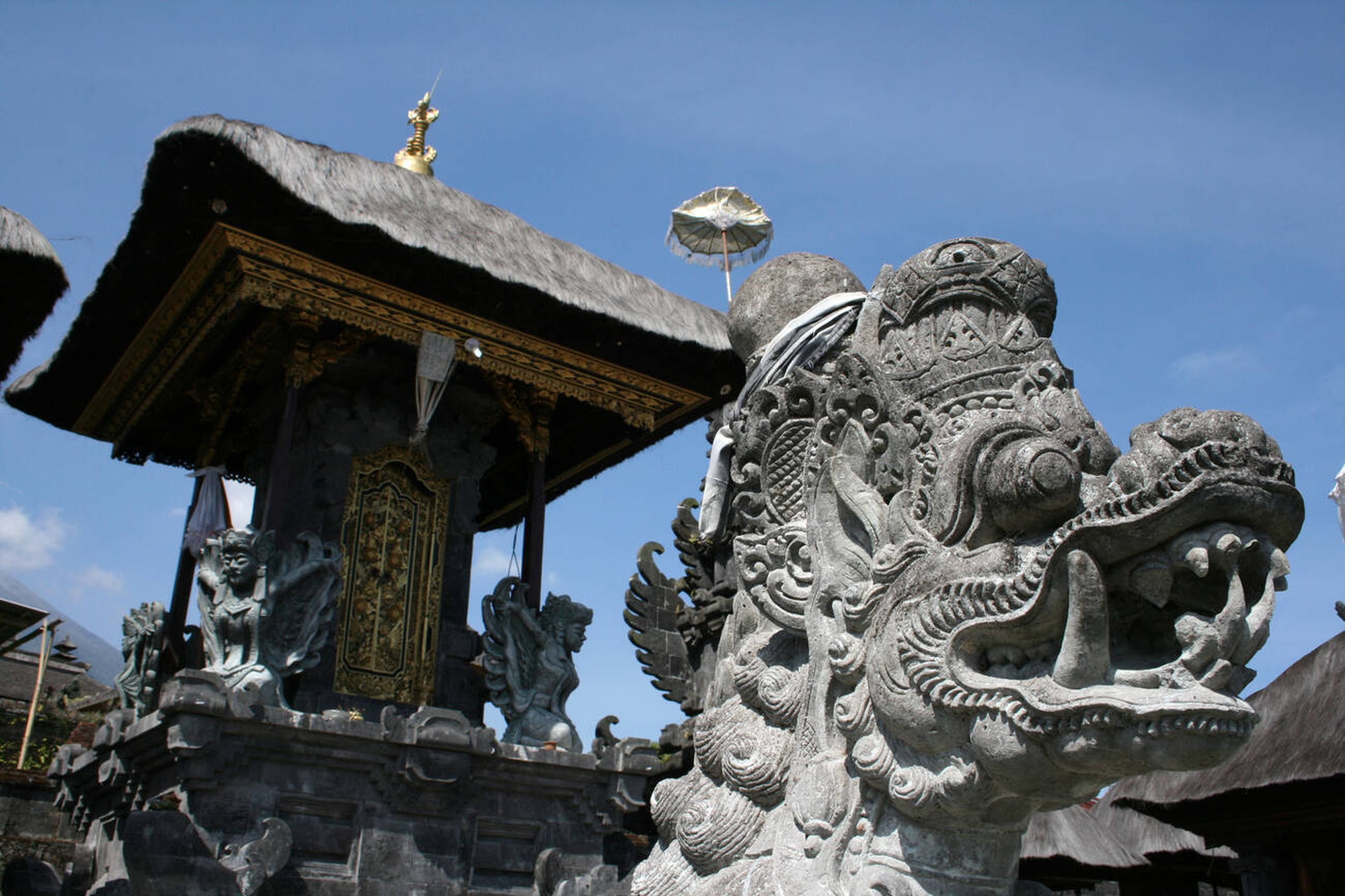
Pura Besakih’s central temple, Pura Penataran Agung, known as the "Great Temple of State," is the most important temple in the complex. It symbolizes the spiritual center of Bali, with its intricate structures set against the backdrop of the majestic Mount Agung. The temple embodies the Hindu concept of Tri Hita Karana, which represents harmony between God, humanity, and nature.
Architecture and Layout
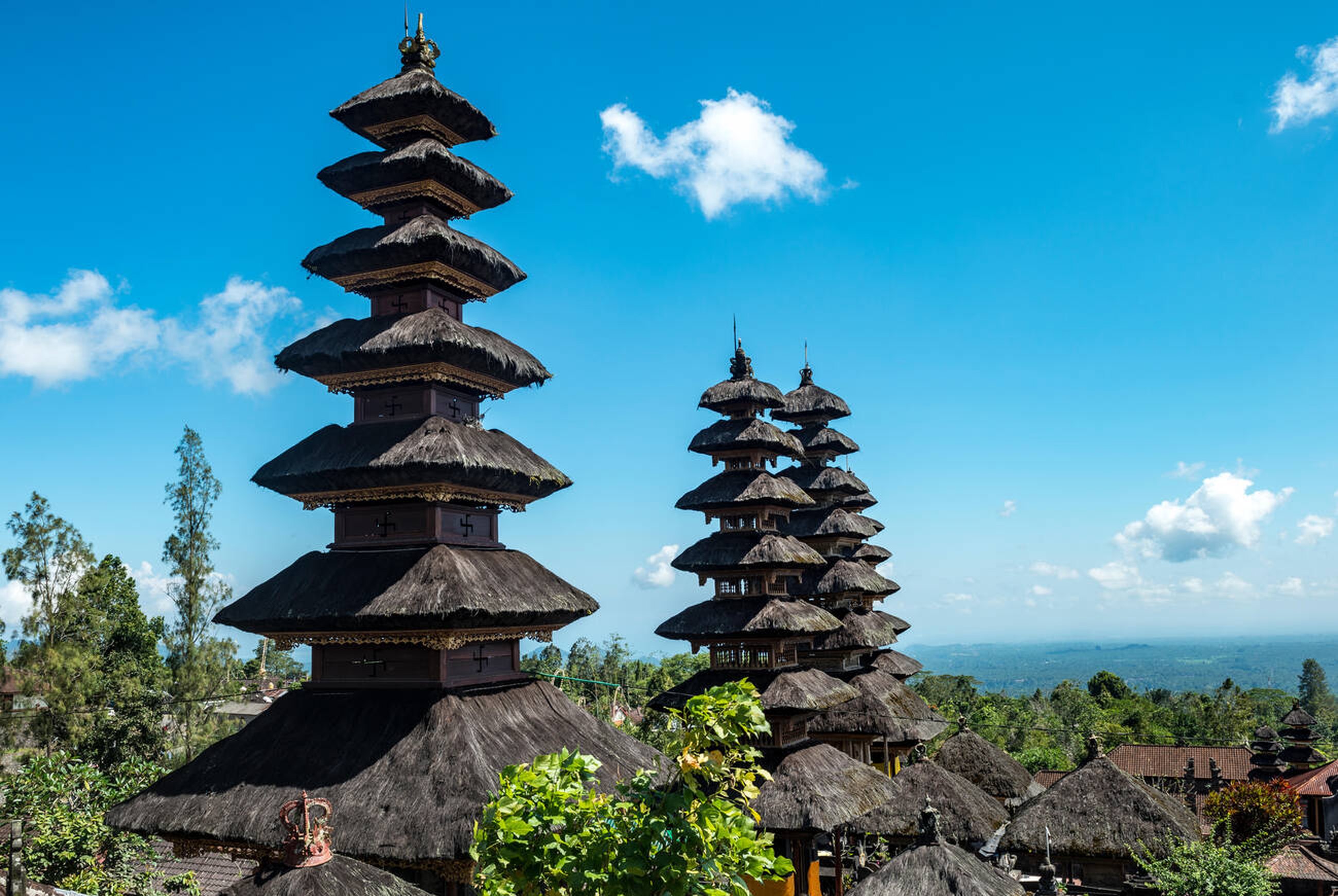
The Besakih Temple complex consists of 86 temples, each dedicated to different Hindu deities and purposes. The temples are arranged on six ascending terraces, set on parallel ridges. Pura Penataran Agung is the focal point, surrounded by numerous smaller temples and shrines. This layout reflects the Balinese cosmology, with each section representing different elements of the universe.
Other key temples in the complex include:
Pura Basukian: The spiritual center where the divine revelation to build the temple was believed to have been received by Rsi Markandeya.
Pura Batu Madeg: Located to the northwest, it is thought to contain a holy scripture indicating that this site has been sacred for over a millennium.
Pura Kiduling Kreteg: Positioned to the south, symbolizing one of the petals of the cosmic lotus flower.
Pura Gelap: Situated to the north, representing the god Iswara, associated with white light and lightning.
Each temple in the complex has its unique purpose and significance, contributing to the spiritual tapestry of Besakih. The architecture and design of the complex also emphasize the sacred relationship between the temple and Mount Agung, considered the holiest mountain in Bali.
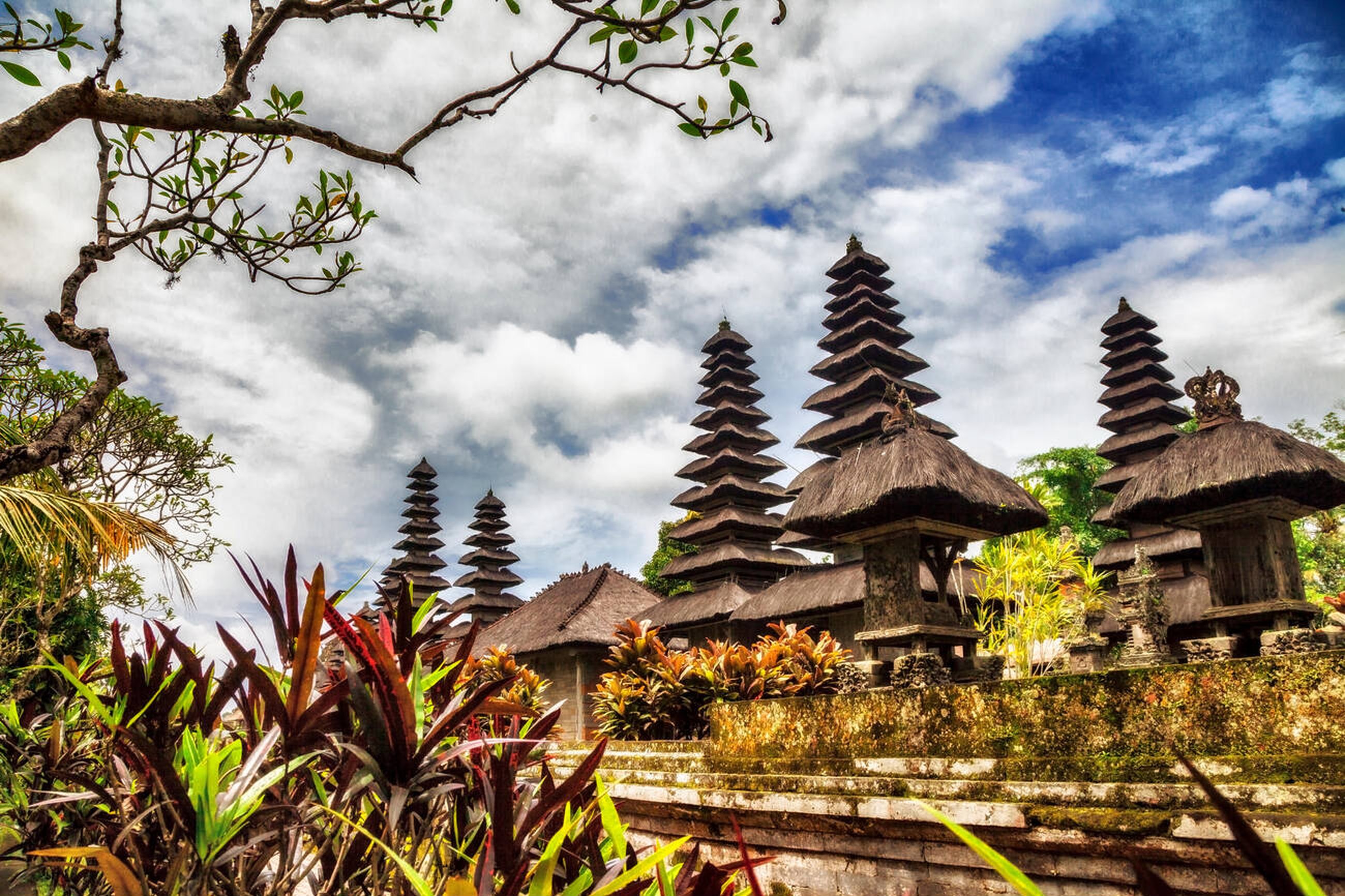
Survival Against Natural Disasters
Pura Besakih’s resilience is part of its legend. In 1963, Mount Agung erupted violently, causing widespread devastation. Miraculously, the lava flows missed the temple complex by just a few meters, sparing it from destruction. This event reinforced the temple's spiritual status, with many locals viewing it as a sign of divine protection.
Festivals and Ceremonies
Pura Besakih is a hub of religious activity, hosting over 70 festivals annually. These festivals are based on the 210-day Balinese Pawukon calendar, making the temple a vibrant center of devotion year-round. The most significant festival is Odalan, which occurs every 210 days. During this time, the temple is adorned with colorful decorations, and thousands of Balinese Hindus come to participate in rituals and offerings.
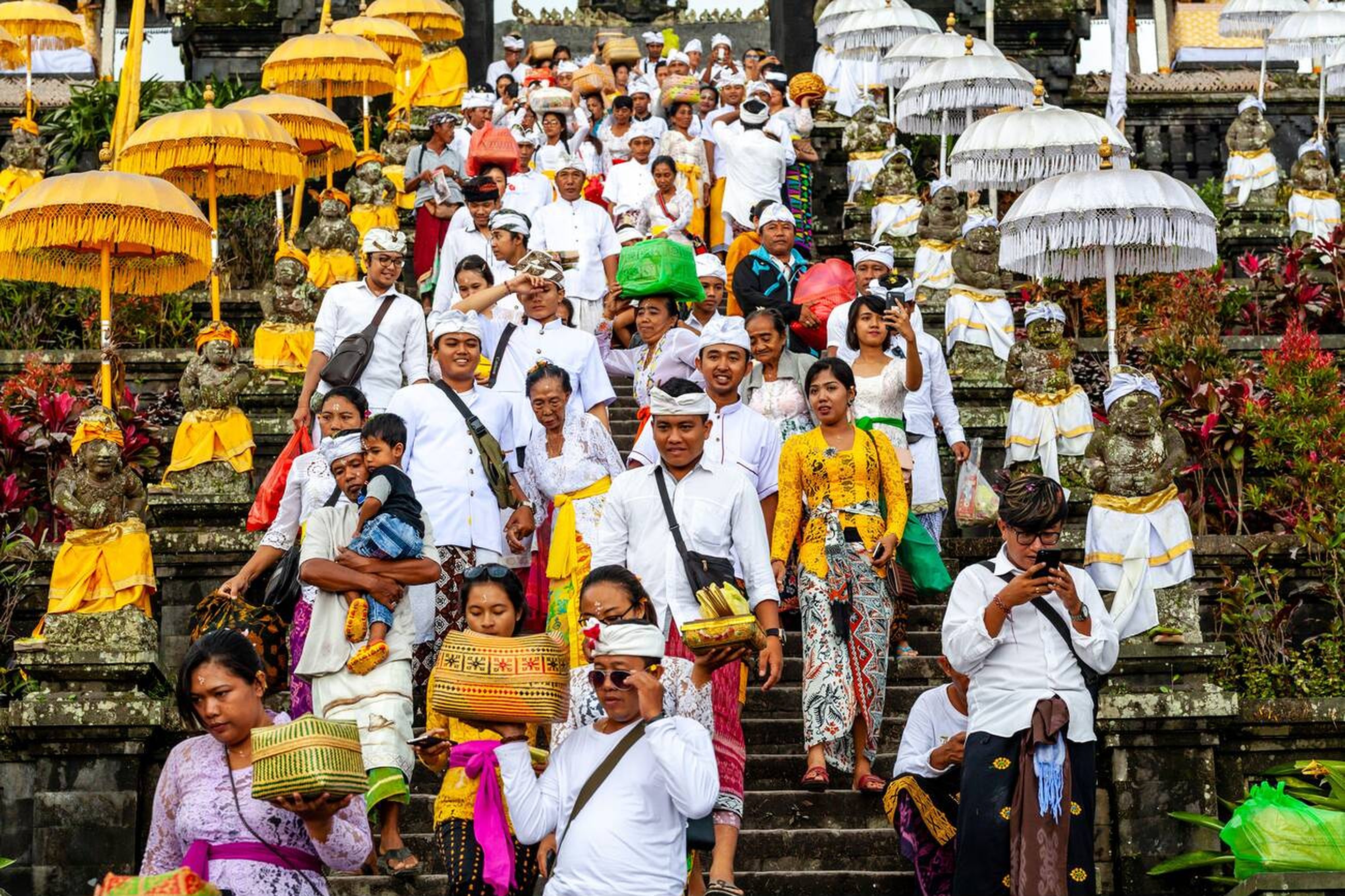
Visiting Besakih Temple
Getting to Pura Besakih is relatively straightforward from various parts of Bali:
From Kuta or Denpasar, it is about a two-hour drive. Travelers can follow the main coastal route towards Sanur, then head north, following signs to Besakih.
From the Eastern parts of Bali, such as Candidasa or Amed, it takes a scenic drive through villages, forests, and rice fields to reach the temple.
Due to its location on Mount Agung, the temple is accessed by a series of steep stairs. While not particularly challenging, visitors should be prepared for some climbing. It is advisable to hire a local guide to gain deeper insights into the temple’s history and significance.
Dress Code and Guidelines
As the holiest temple in Bali, Pura Besakih has a strict dress code. All visitors are required to wear a sarong and sash to cover their shoulders and legs. These can be rented or purchased at the entrance. Women who are menstruating are not permitted to enter, in accordance with Hindu beliefs about ritual purity.
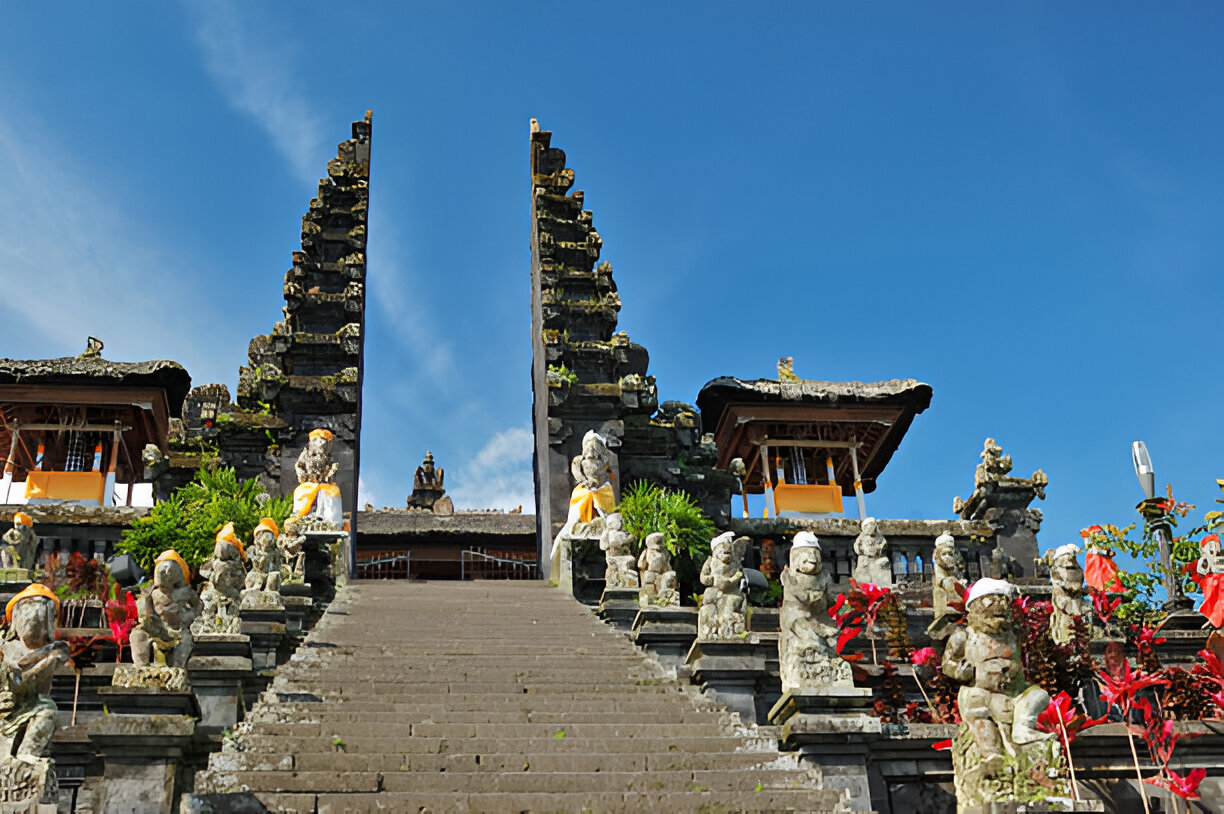
Tips for a Memorable Visit
Best Time to Visit: Early morning is the best time to visit to avoid the crowds and enjoy the serene atmosphere. This also provides a chance to witness the temple bathed in the soft morning light.
Hire a Guide: Engage a knowledgeable local guide to fully appreciate the cultural and spiritual importance of the complex.
Respect Local Customs: Show respect by following the dress code and observing the temple's rules and customs.
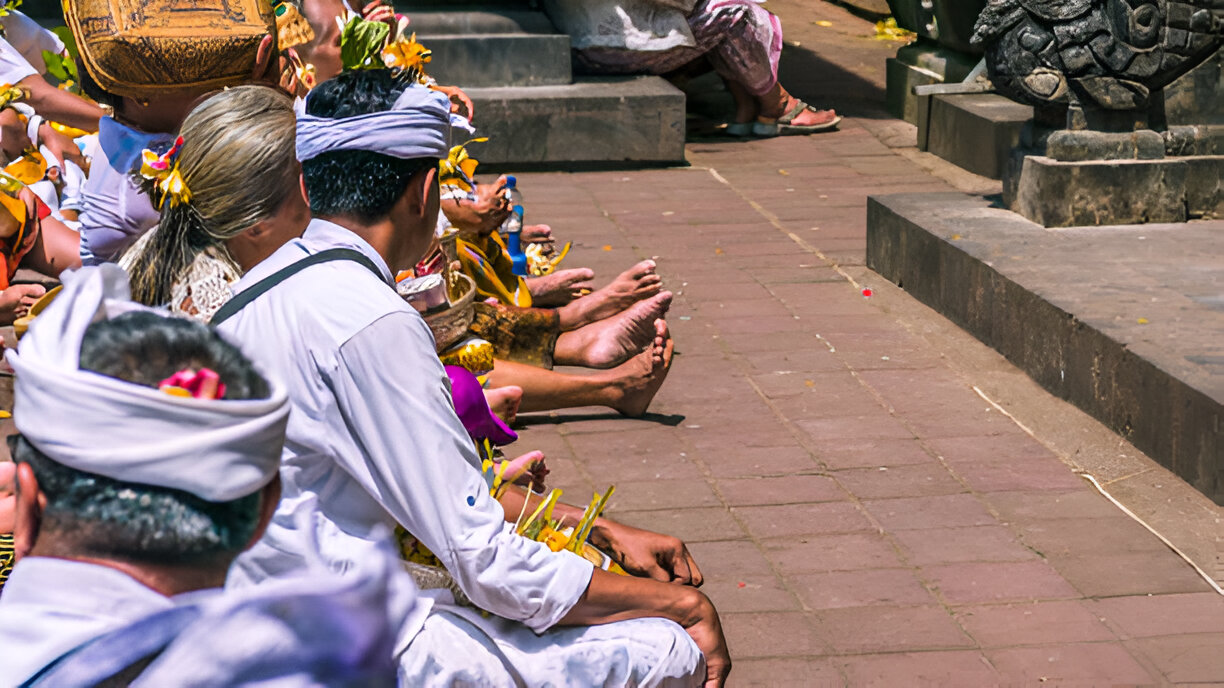
A Living Symbol of Balinese Hinduism
Pura Besakih stands as a living symbol of Balinese culture and religion. More than just a tourist attraction, it is a vital center of spiritual life for the Balinese people. Visiting Besakih offers a unique opportunity to experience the deep cultural and spiritual heritage of Bali in its most sacred form.



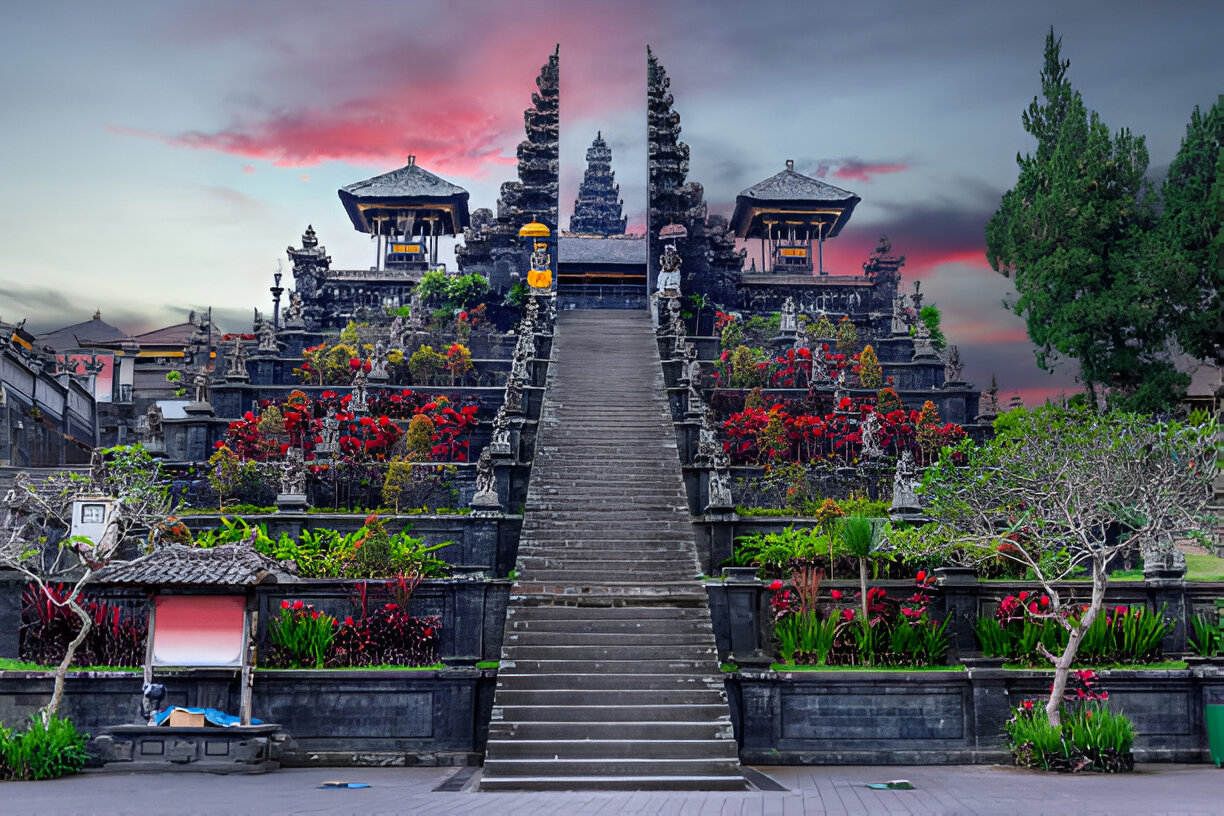
 Billy Bagus
Billy Bagus
 Sep 09, 2024
Sep 09, 2024


